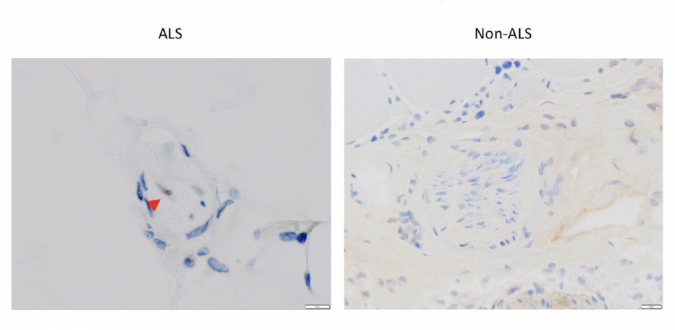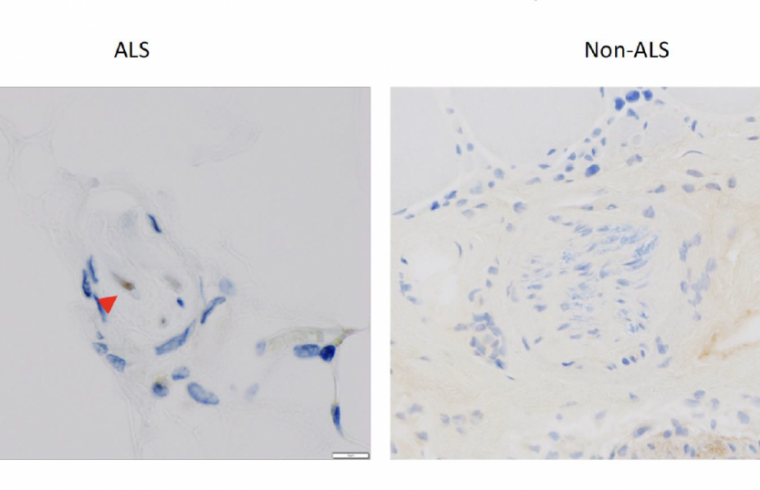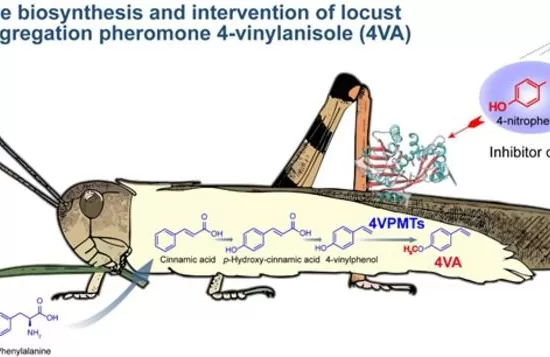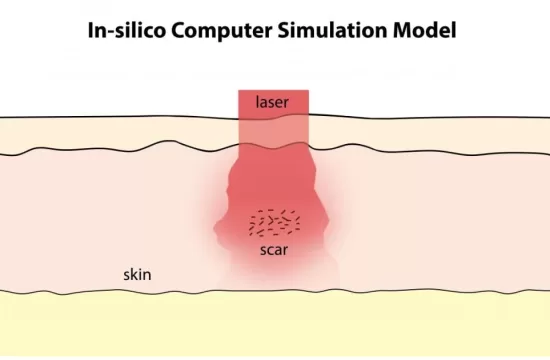Amyotrophic lateral sclerosis (ALS) is a progressive disease of the nervous system. It affects nerve cells in the brain and spinal cord called motor neurons. Motor neurons control muscle movement and ALS causes them to deteriorate and eventually die.
The motor neurons lose the ability to send messages to the muscles in the body, affecting voluntary muscle movements. There have been recent advances in treating ALS, but current treatments can only slow disease progression. That is why it is important to diagnose ALS as early as possible.
ALS is difficult to diagnose because, currently, there is no single test that can confirm the disease. Doctors look for neurological symptoms such as muscle weakness and upper and lower motor neuron symptoms. They will also do diagnostic tests to rule out other conditions like cervical spondylosis. A diagnostic test that could confirm ALS would help people get a diagnosis earlier and start treatment as soon as possible.

PHOTO: Takeshi Kurashige, Kure Medical Center
In a paper published on May 23 in JAMA Neurology, researchers outline preliminary research that could pave the way for a future test to diagnose ALS.
“It is difficult to diagnose ALS in its early stages because there is not a known biomarker,” said researcher Hirofumi Maruyama, a professor at the Graduate School of Biomedical and Health Sciences at Hiroshima University in Hiroshima, Japan. “Muscle is possible to biopsy, and transactive response DNA-binding protein 43 (TDP-43) accumulates in the peripheral nerves inside muscle. TDP-43 is a protein that plays a key role on motor neurons, and accumulation of TDP-43 may be a biomarker for early diagnosis of ALS.”
Previous research in mice has revealed a crucial function of TDP-43 in axons, the part of the neuron that sends signals to other neurons. This is important for ALS, because axonal degeneration causes the lower motor neuron problems that can be a symptom of ALS. Researchers hypothesized that TDP-43 accumulation in muscular nerve bundles could be an early predictor of ALS.
To test this theory, researchers first examined the muscle tissue of 10 individuals who had confirmed cases of ALS at the time of their death and 12 who did not. All 10 ALS patients had TDP-43 accumulations in their intramuscular nerve bundles, while 12 non-ALS controls had no TDP-43 accumulation.
Next, researchers targeted 114 patients who underwent a muscle biopsy and did not have a family history of ALS or another muscle or neuromuscular diagnosis. Of these, 71 had evidence of intramuscular nerve bundles and 43 did not. Among the 71 patients, axonal TDP-43 accumulations in their nerve bundles were confirmed in 33. These 33 patients with axonal TDP-43 accumulations were all later diagnosed with ALS. Among the 43 patients without nerve bundles, three were later diagnosed with ALS.
“Results of this dual case-control and cohort study suggest that axonal TDP-43 accumulations may be characteristic for patients with ALS, and consequently may be a novel diagnostic biomarker for ALS,” said Maruyama. “Early diagnosis enables patients to initiate prompt treatment. We aim to prevent the progression of ALS and will continue research into developing new medication.”







